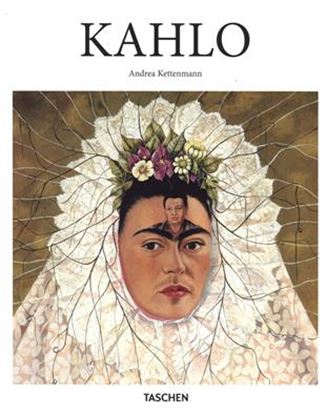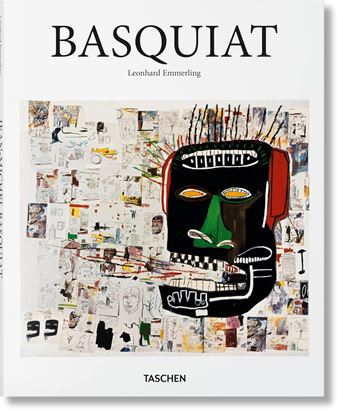

LEONARDO (BA-ART) (E)
Leonardo da Vinci (1452-1519), que llenó un cuaderno tras otro con bosquejos, inventos y teorías, no solo es uno de los dibujantes más excepcionales de la historia del arte, sino también un genio y un visionario que anticipó algunos de los mayores descubrimientos del progreso humano, en ocasiones siglos antes de su realización material. Desde las arterias más pequeñas del corazón humano hasta las remotas constelaciones del universo, Leonardo comprendió que la naturaleza y la ciencia estaban inequívocamente conectadas. Sus campos de investigación y su inventiva abarcaban la filosofía, la anatomía, la geología y las matemáticas, desde las leyes de la óptica, la gravitación, el calor y la luz hasta la construcción de una máquina voladora. Leonardo llevó la pintura más allá de la Edad Media con obras como La última cena y la famosísima La Gioconda (o la Mona Lisa), al representar no solo la apariencia física, sino también una cautivadora profundidad e intriga psicológica que continúan atrayendo a multitud de visitantes a París, Milán, Washington, Londres y Roma fascinados por estas obras maestras.
1,350
KAHLO (BA-ART)
Las cautivadoras imágenes creadas por Frida Kahlo (1907-1954) son, en muchos sentidos, la manifestación de un trauma. Sufrió un accidente de tráfico casi mortal a los 18 años, numerosos problemas de salud, un matrimonio turbulento y varios abortos que le impidieron tener hijos y, sin embargo, supo transformar todas sus aflicciones en arte revolucionario.
En sus autorretratos reales y metafóricos, Kahlo contempla al espectador con una mirada audaz, negándose a ser una víctima pasiva y entrelazando símbolos de su experiencia en un híbrido lenguaje de vida surrealista: pelo, raíces, venas, enredaderas, tentáculos y trompas de Falopio. Muchas de sus obras también exploran los ideales políticos comunistas, que Kahlo compartía con Rivera. La artista describió sus cuadros como «lo más sincero que podía hacer para expresar lo que siento dentro y fuera de mi ser».
Este libro ofrece un amplio repaso de la obra de Kahlo, que descubre su inagotable determinación como artista y su importancia como pintora, icono feminista y pionera en la cultura latinoamericana.
1,350











